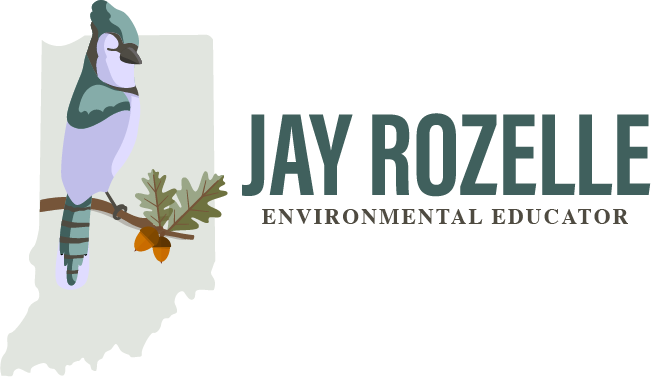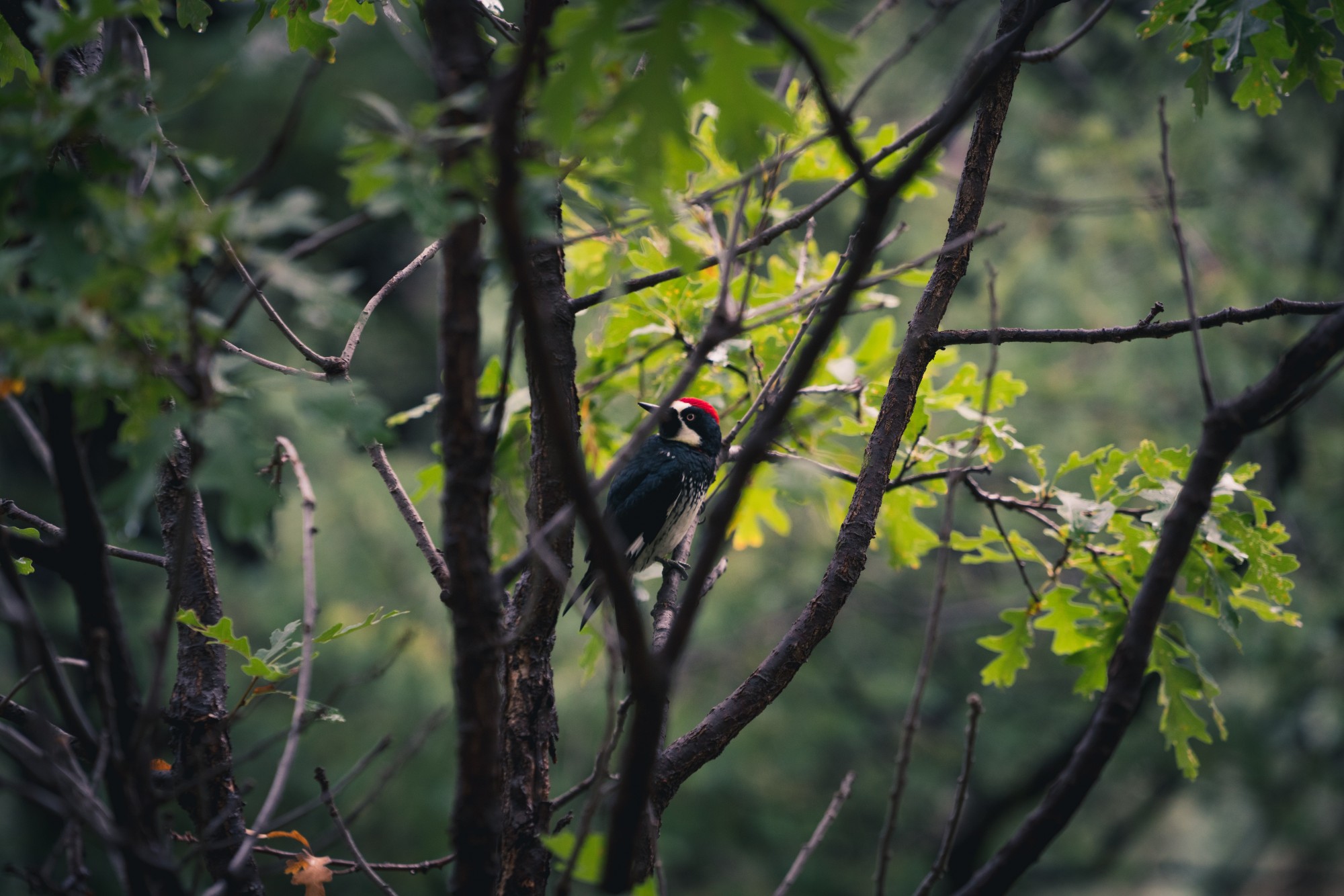Humans frequently go to far-off places to be in nature, to connect, and to restore themselves.
I am an avid, passionate traveler and have spent many days in the wildlands of the western US. As wonderful as it is to be in these wild areas, I have realized that we don’t have to go far away to be close to nature and restore ourselves. Your yard and neighborhood can be a place that supports wildlife, relieves stress, improves your mental health, and provides you with restoration.
“Meaningful connections to the natural world don’t begin in far off lands, they most often occur in our own backyards. We can create dynamic learning experiences for us and our children right at home. When children learn in nature through place-based experiences, they develop critical thinking, social norms, perform better in school, and become responsible citizens and stewards of the earth” (Sobel, 2008).
It’s not a question of waiting for someone else to do it – it can begin in your backyard. You can plant native plants that add beauty and health to your yard, your neighborhood, and Fort Wayne.
This is both a short term and long-term view for health on earth. There are things we can do right now to help us achieve these long-term goals.
Neighborhoods can become places of abundant natural beauty. Our children will grow and one day many will reside here as adults. Neighborhoods planted today will bring beauty and biodiversity for generations to come. The land will provide us with everything we need for health.
We do this by planting native plants, reducing our chemically intensive lawn practices, and returning our lawn waste back to the earth. It is really quite simple. Follow these 11 simple, easy ways to increase beauty and biodiversity at home:
- Keep the native plants in your yard; remove the invasive exotics.
- Mimic the multiple layers of growth found in many natural settings: trees, shrubs, vines, and herbaceous plants.
- Select plants that will provide berries, seeds, nuts, and insects for birds.
- Provide evergreens for winter shelter.
- Keep dead trees, standing or fallen, to provide insect food, cavities, and perching sites for birds. The branches of dead trees can be removed if they are dangerous.
- Create a brush pile to provide shelter.
- Leave at least some leaf litter for ground-feeding birds, who will scrape through the litter for insects
- Stop using pesticides, which can be ingested by birds as they feed on insects and plants.
- Don’t use rodenticides, which harm or kill birds of prey when they feed on animals that have ingested the poison.
- Limit or eliminate your lawn for less mowing, fertilizing, watering, and pollution, and to make more room for natives.
- Regardless of the size of your yard, you can help reverse the loss of bird habitat. By planting the native plants upon which our birds depend, you’ll be rewarded with a bounty of birds and natural beauty just beyond your doorstep.
Full list provided by Nowak.

